What is preflop in poker?
Preflop is a term for the betting round before the flop. The action before the dealer shows the three flop cards is preflop. This is also when players choose to continue with their cards or throw them into the muck.
Preflop is the starting point for a poker hand and also the first time you will have information from your opponents. They’ll also be closely following your actions and looking for patterns.
Preflop action is a dance of position. By playing from a later position at the table and acting after others, you get lots of extra information. Newer players play from any position preflop and end up losing to more experienced opponents. One of the best ways to improve your poker win rate is to work on your preflop strategy.
This article will explore fundamental preflop strategies and training tools.
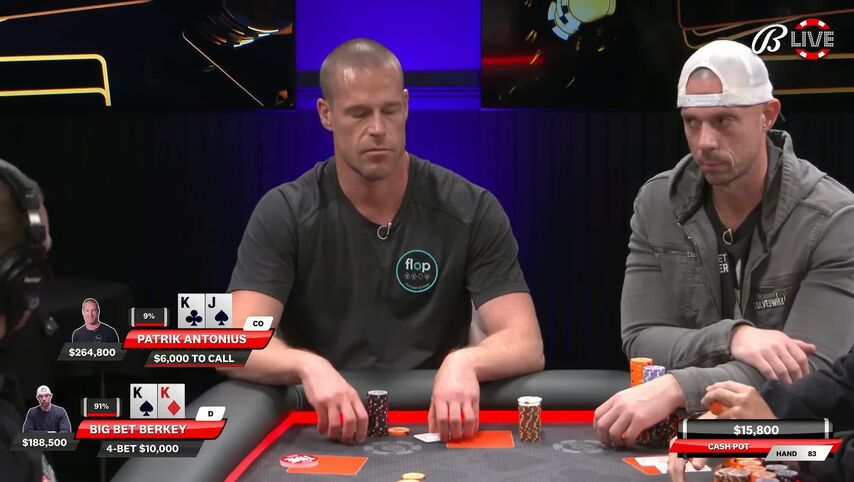
How to Play Preflop Poker (The Basics)
Preflop action can only begin when the small blind and big blind chips are on the table. In online poker, this happens automatically as long as you are active and seated.
1. Cards are dealt.
Players get one card at a time until they have two for Texas Holdem or 4 for Omaha poker.
2. The under-the-gun (UTG) player acts first.
See our diagram below and find the UTG player. This seat position is where the action starts and the player must choose to call, raise, or fold. The action continues in a clockwise rotation.
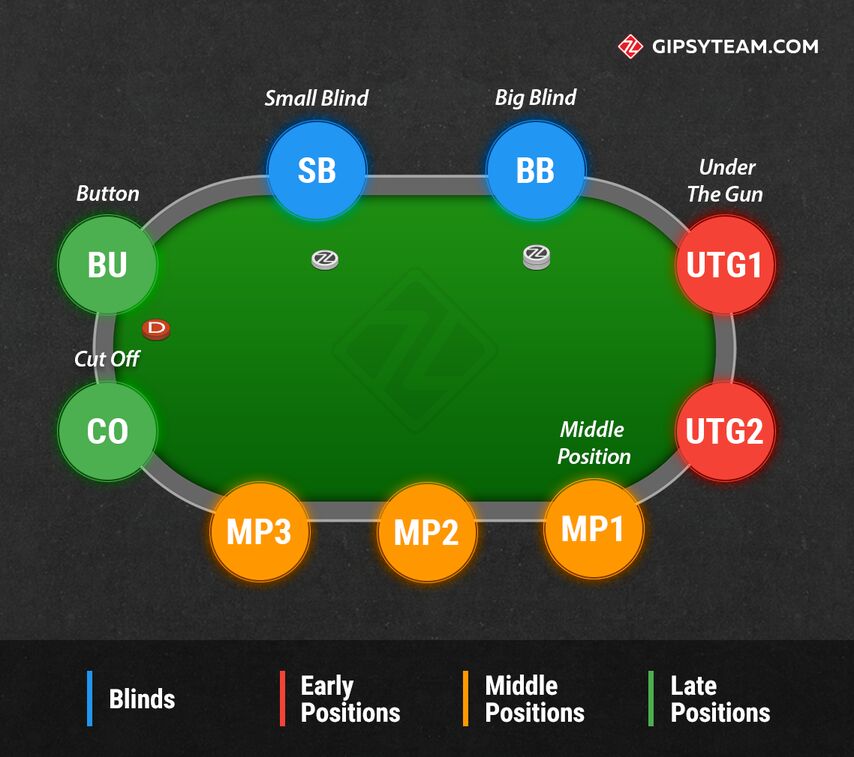
3. Preflop action finishes when all bets have been matched.
There might be raises during the preflop betting round and players who want to continue must call them. When all of the bets or raises have been matched, the preflop action ends.
If there is no raise, then the preflop betting round ends with the player in the big blind position.
If you need to review the rules of Texas Holdem poker, we’ve got an easy-to-follow guide.
You Should Follow These Preflop Poker Tips
Try your best to follow these fundamental preflop tips whenever possible. Poker isn’t a game of one-size-fits-all solutions, but these pointers will steer you in the right direction.
Stop limping.
Newer poker players can make the mistake of limping too often. This poker term means calling the big blind amount, instead of raising to enter the pot. It’s extremely passive and it makes it easier for opponents to play against you.
You’re also likely to see a flop with multiple opponents, who will muscle you out of the pot with stronger hands. Often, limpers will be forced to fold by a raise without seeing a flop at all.
When you limp preflop, your range is weak. Of course, some players limp with strong hands and re-raise in a trapping style, but that’s not overly common. When a player limps, they generally have a weak and speculative hand, like suited connectors or worse.
Raise or call a raise preflop (instead of limping).
When you enter a pot with a raise, you achieve a few things. Firstly, you’ll usually thin the field a little and play against fewer opponents, which improves your odds. You’ll also establish the betting lead and might even win the pot preflop.
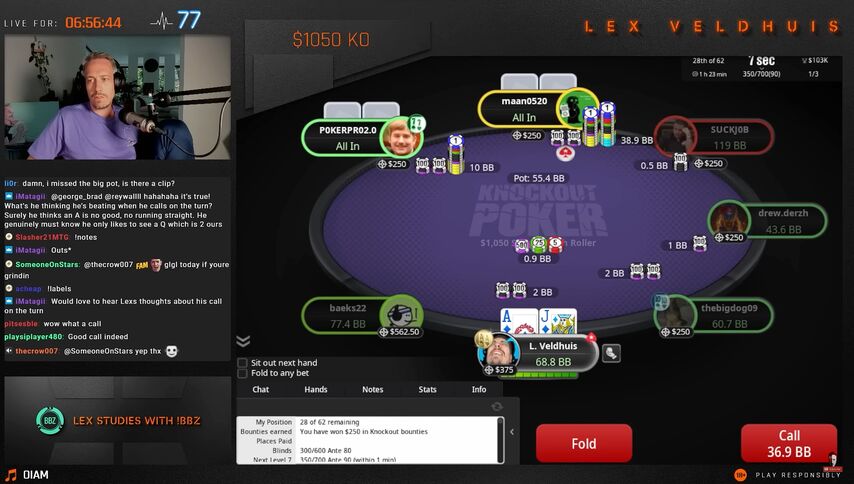
Don’t play too many hands.
Beginners play far too many hands preflop and lose lots of profit. Depending on the table, you should be playing around 20% of your hands.
Play more pots from the correct position.
Playing in position gives you more information before you act and allows you to play more profitably when you have strong hands. Getting to see what each opponent does before you act means that you have more information than any other player at the table.
Have a plan.
During the preflop round, you should be thinking about how you will react to your opponents. What happens if I get raised? Should I 3-bet my opponent now? You don’t need to take out a calculator and find the odds – but don’t act blindly either.
These are questions that experienced players will consider. You should be building a range for your opponent too, meaning the hands that they could possibly have.
Get more familiar with how a range chart and building ranges work with our streamlined guide to ranges.
Don’t be afraid of 3-betting when it makes sense.
Inexperienced and casual players rarely 3-bet enough, unless they have the best hands. If you only 3-bet when you have your strongest hands, opponents will rarely give you value. Playing this way is too predictable.
You need to include other hands in your range, which you can find out more about in our 3-bet guide.
3-bets are under-utilized, especially at low-stake tournaments and cash games.
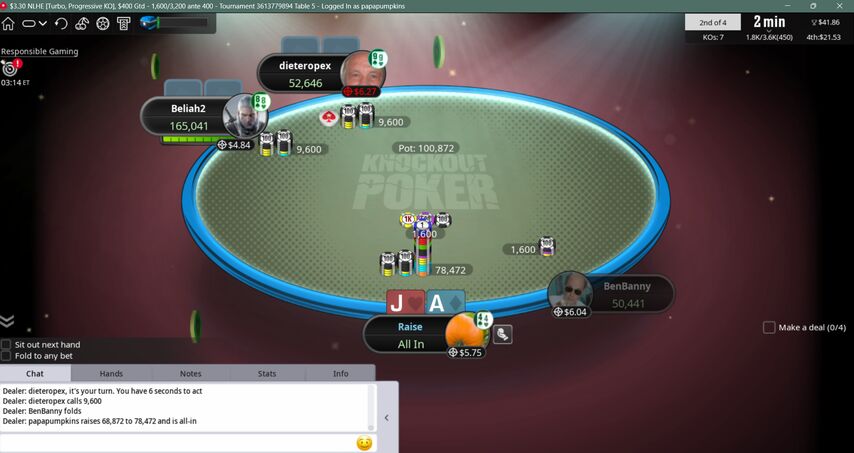
As you move up the stakes, your opponents will be more effective preflop. A good place to practice are the PokerStars cash games at around $0.02/$0.05 to $0.05/$0.10. At this level, players are still making a lot of preflop mistakes.
PokerStars also has a great range of tournaments with entry fees less than $5.
At any time of day, there will be several in the late registration stage, with new events starting every five minutes.
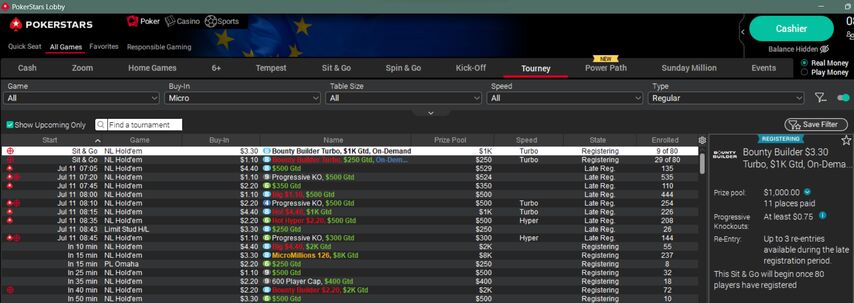
The prizes aren’t small either. Most tournaments with low buy-ins have around $400-$500 in the prize pool, but some have thousands. The Big $4.40 has a $1,000 guaranteed prize pool, but the MicroMillions Progressive KO is the largest. In that event, a $3.30 buy-in gives you a shot at a $10,000 GTD prize.
Learn how to sign up and start playing with our simple PokerStars guide.
Preflop Poker Training Tools
There are various tools that poker players can use to hone their preflop skills.
Let’s talk about PreflopHero Cash and PreflopHero MTT training tools. These preflop simulators are optimized for amateurs and professionals. For both formats, you’ll be able to drill a multitude of preflop scenarios and test your knowledge. In most simulations, you’ll be asked to choose bet sizings and actions, which the program will check for accuracy using a powerful GTO calculator.
All of your leaks get compiled in reports/charts and the PreFlopHero apps work on all devices, so you can train anywhere.
Trial the PreflopHero software for free before you think about buying it. Both PreflopHero Cash and MTT are $20 per month, which is great value considering the training you can do in that time.

























